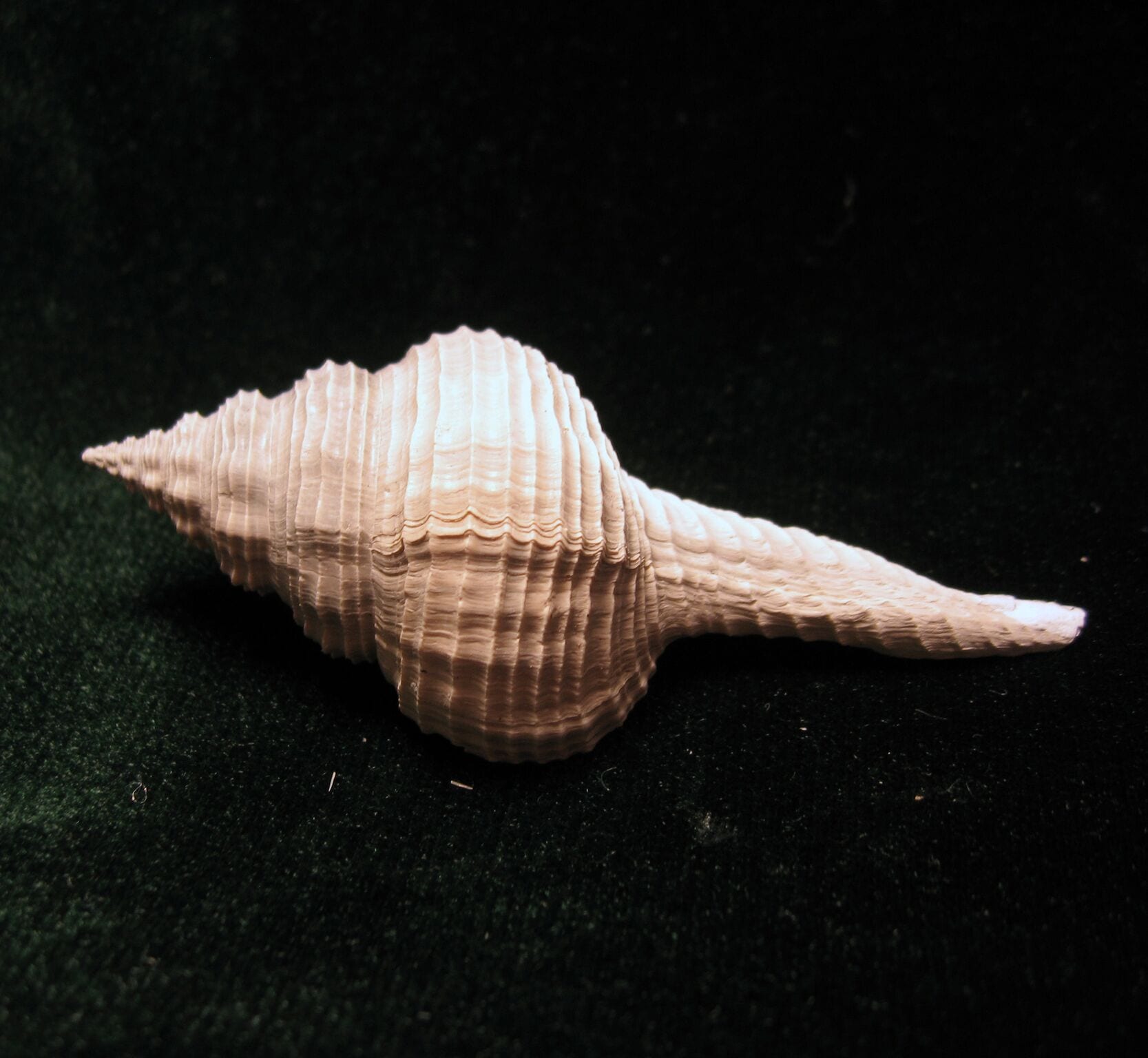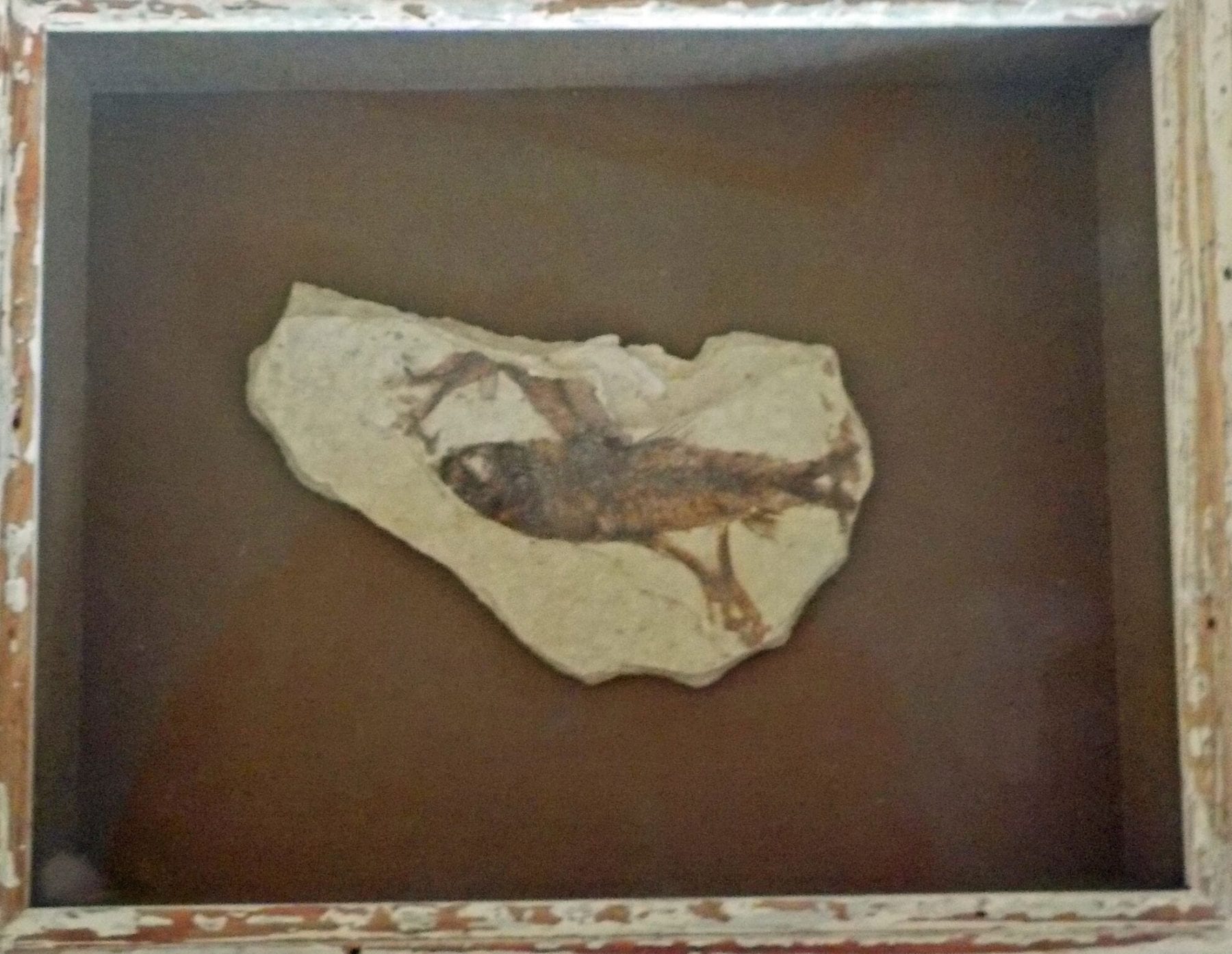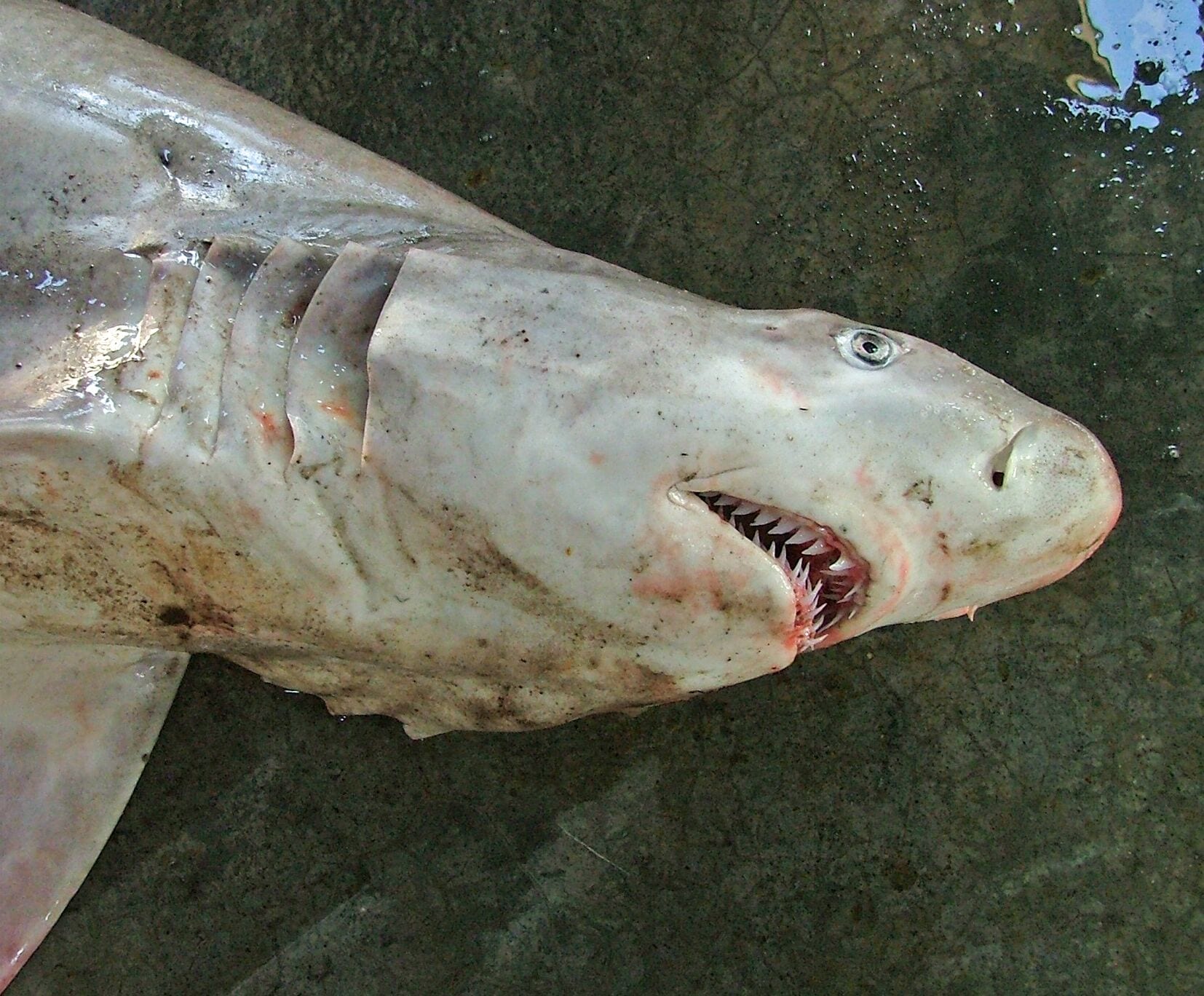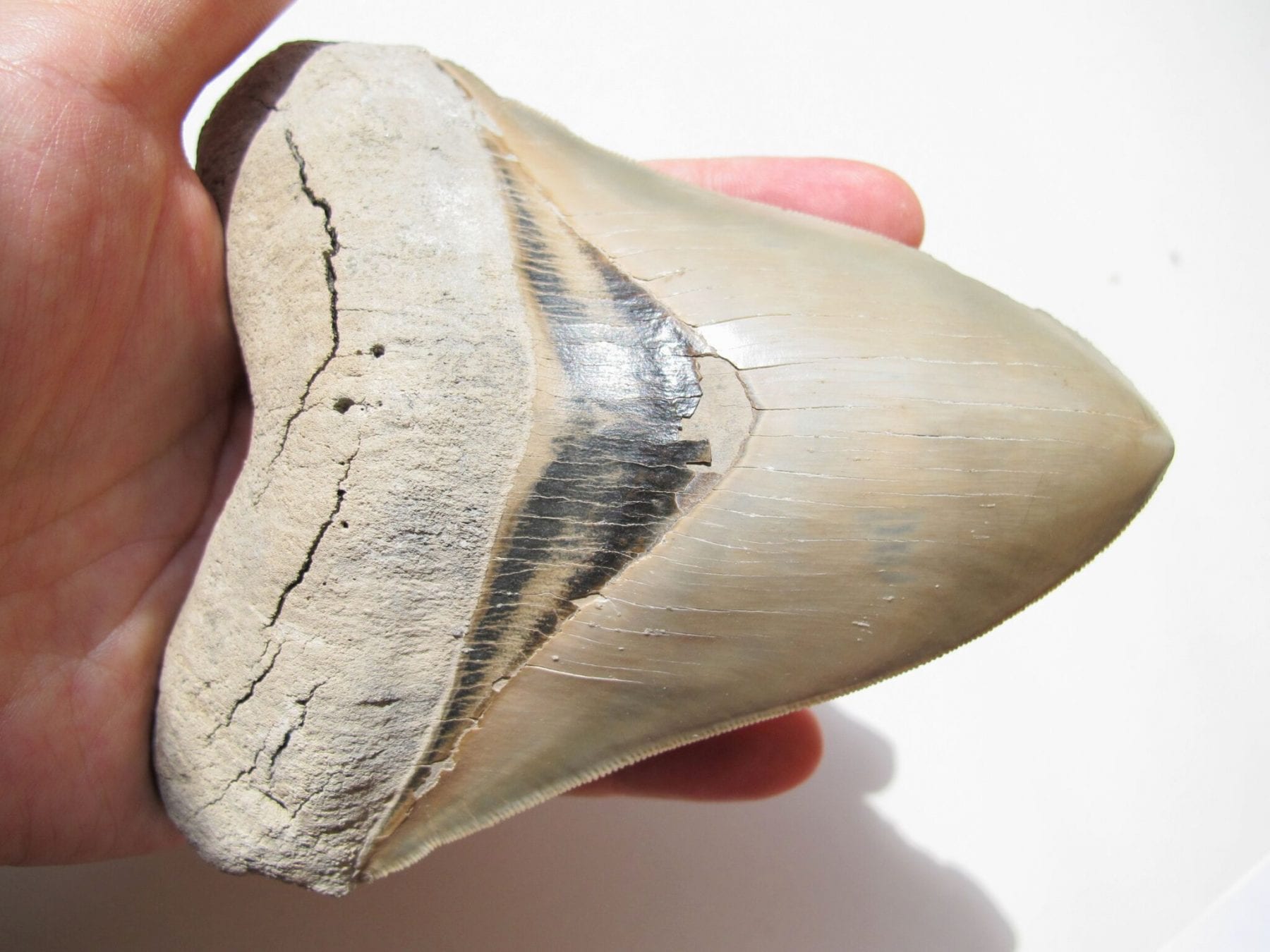Florida Waterways
CAPTIONS
A 3.7-million-year-old shell fossil from near Sarasota
A fish fossil that is 50 million years old
Mastodons used to roam across Florida.
The Aucilla River in the Panhandle
Snaggletooth shark
Megalodon tooth
“Fish Fossils”
By Kevin McCarthy
Americans like to celebrate obscure holidays, whether month-long holidays like Cookie Month or Eat Country Ham Month (both in October) or week-long holidays like Fire Prevention Week or Pet Peeve Week (also both in October), but some holidays have only one day a year. For example, National Fossil Day, which is celebrated on the Wednesday of Earth Sciences Week, October 14-20, 2018. National Fossil Day then is October 17. The day is not meant to honor us old fossils, but instead to learn more about fossils in nature and preserve them. Our National Park Service, which established the day in 2010, wants the public to engage in some of the many public celebrations about the country that help preserve fossils and give us a better understanding of them.
The first photo here shows a 3.7-million-year-old shell fossil from near Sarasota, reminding us that Florida was under water for much of its history.
I keep a fish fossil over my desk, a fossil of a 50-million-year-old freshwater herring that I bought in New Mexico a year or so ago. The fact that we can see its eye and ribs and fins is amazing.
Florida also has a very rich collection of Pleistocene fossils, dating back between 11,700 years and 2.5 million years, at a time when much of our hemisphere was experiencing an ice age.
Divers in Florida’s freshwater rivers have found bones of mastodons and mammoths, for example, in the Aucilla River in our Panhandle. The river has some forty underwater archaeological sites, where scientists from the Center for the Study of First Americans have found many artifacts, including ivory. Another project, the Aucilla River Prehistory Project, has examined the river, especially, in light of the fact, that the river has been subject to the rise and fall of sea level in its long history.
I’ve also collected from diver friends, lots of sharks’ teeth, including one from the extinct snaggle-toothed shark, pictured here. Other friends have found armor plates from an extinct giant armadillo in a limerock mine, as well as a 20-million-year-old upper tooth from an extinct miniature three-toed horse, in a Hamilton County phosphate mine. The Megalodon tooth pictured here from North Carolina was over five inches long and four inches wide.
The Florida Museum of Natural History in Gainesville, and the Mulberry Phosphate Museum in Mulberry, are particularly impressive and display a wide assortment of fossils dating back thousands of years. Phosphate mines in Florida have been a rich source of fossils. Once the mining companies moved on, archaeologists and paleontologists (scientists who study fossils) have been known to descend into the mines to find amazing artifacts. I’m sure that many youngsters have gone into those fields of studies, after discovering fish fossils, including sharks’ teeth, in our streams and rivers.
Kevin McCarthy, the author of “North Florida Waterways” 2013 – (available at amazon.com), can be reached at ceyhankevin@gmail.com.






